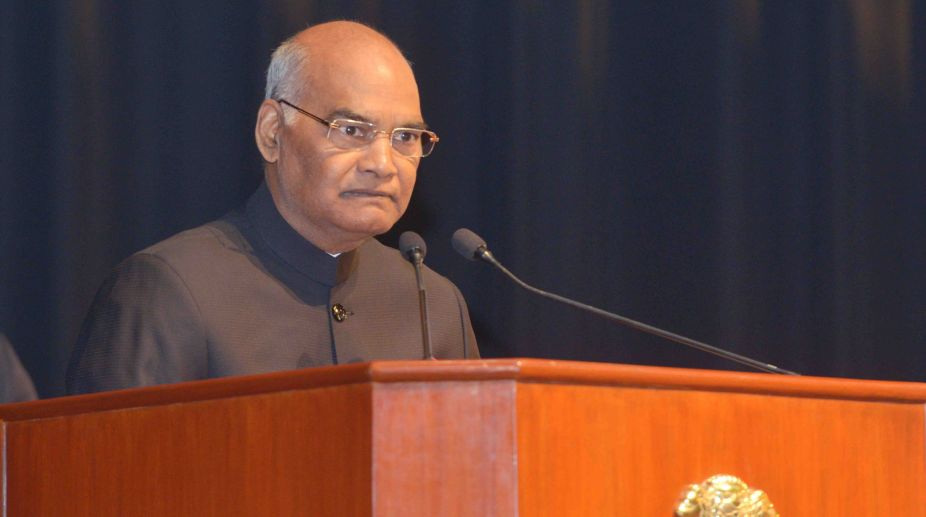Israel intercepts missile fired from Yemen toward Red Sea’s Eilat
The Israel Defense Forces (IDF) said in a statement on Saturday that it had intercepted a missile fired from Yemen toward southeastern Israel.

President of India Ram Nath Kovind (Photo: PIB)
Congratulating the DRDO for the successful test firing of Agni-V missile, President Ram Nath Kovind on Thursday said the nuclear capable missile will boost India’s strategic defence.
In a tweet, Kovind said: “Successful test firing of Agni-V ICBM makes every Indian very proud. It will boost our strategic defence.”
Advertisement
“Congratulations to the team of DRDO (Defence Research and Development Organisation) scientists. May you go further on this trajectory,” Kovind added.
Advertisement
The surface-to-surface intercontinental ballistic missile (ICBM), which has a range of 5000 km and can reach the northern-most parts of China, was fired from a test range on Abdul Kalam island off Odisha coast at 9.53 am.
The Agni-V was last tested on December 26, 2016, which was then described as the fourth and final experimental test of the three-stage missile, developed and successfully tested by the DRDO under the Integrated Guided Missile Development Programme.
This missile has been tested four times so far – two of the tests have been conducted from a canister on a road mobile launcher. All the four missions have been successful.
The Agni-V missile, in its operational form is designed to be stored and launched from the canister, enhancing its storage, operational readiness, transportability, response time and shelf life.
About 17 metres long, 2-metre wide and has launch weight of around 50 tonnes, the missile can carry a nuclear warhead of more than one tonne.
Once the Agni-V is inducted in the Indian military, India would join the super exclusive club of countries with ICBMs alongside the US, Russia, China, France and Britain.
The first test of Agni-V was conducted on April 19, 2012, while the second test was launched on September 15, 2013 and the third on January 31, 2015.
Advertisement